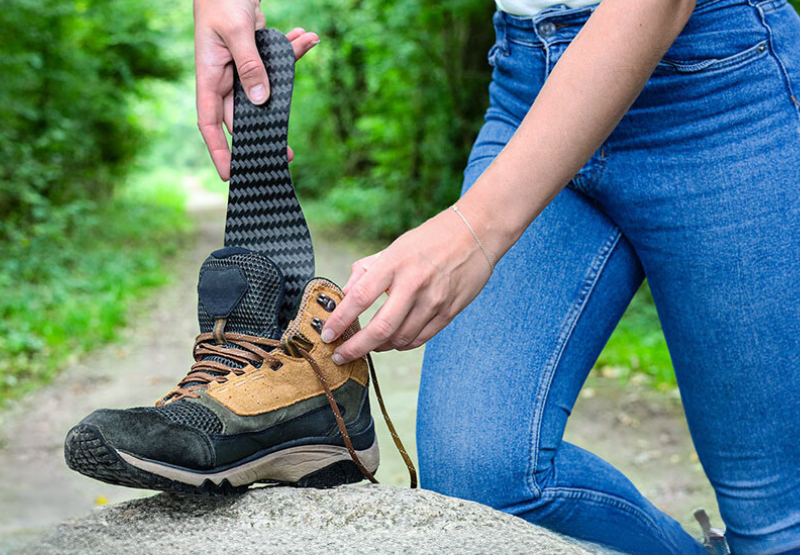
A Trans Metatarsal Amputation (TMA) is the surgical removal of the forefoot through the metatarsal bones. The surgery is a common operation for treating chronic ulcers to prevent the infection from spreading and preserving the condition of the limb in the long term.


When is a transmetatarsal amputation required?
These amputations may be required post forefoot trauma but are more-often-than-not required when patients have non-healing wounds with severe infections or reduced blood flow to the foot. The demographic at the highest risk of these amputations are those with diabetic foot syndrome who experience reduced sensation and delayed wound healing. These individuals are prone to developing ulcerations in the foot that are unable to completely heal. In these instances, TMA may offer better outcomes and chances of healing.
Expectations
Post surgery, pain and swelling is to be expected but these symptoms will subside within 2-4 weeks. Along with this, the removal of the forefoot changes the biomechanics of the foot when weight bearing. Forces that would ordinarily be transferred through the forefoot are now being directed through the mid foot. As a result, it is common to experience issues with balance and walking.
Rehabilitation
As with any amputation, the psychological and emotional impact of TMAs are not to be taken lightly. However, the best outcomes are achieved with the support from mental health professionals and support groups to help navigate these emotions.
When the surgical site has healed to a certain point, physiotherapy will commence to regain strength, mobility, and coordination. Along with this, a referral to an orthotist or prosthetist may be necessary to help facilitate more natural walking pattern.
Depending on the scale of amputation, a prosthesis may be required to regain functionality. In most cases, this entails the need for custom footwear or a partial foot prosthesis with toe fillers. Custom footwear works to support the residual limb to reduce the risk of re-ulceration and provide improved biomechanics during walking. They may be comprised of the following:
- Stiff footplate: Typically made of a carbon fibre, these insoles stiffen the shoe and act like a spring that provides energy storage and return properties for reduced fatigue when walking.
- Toe filler: raised areas typically made of foam to fill the space where amputation occurred.
- Rocker sole: Shoes with a stiff sole are difficult to walk in as the foot is unable to naturally roll as it would with normal walking. Orthotist are able to mimic this movement by incorporating a rocker sole which imitates the profile of the bottom of a ‘rocking horse’ which allows the horse to rock forwards and backwards.

Conclusions:
Trans metatarsal amputations have an important role in the treatment of chronic ulceration or traumatic injuries. The need for these amputations increases for those who have reduced wound healing. Post surgical outcomes are optimised with the use of a multidisciplinary team, such as physiotherapy, counselling, and orthotists. Physical rehabilitation requires the work of a physiotherapist to regain functionality and the support of an orthotist to support the foot and help mitigate the risk of re-ulceration.
Here at OPC Health, we have a range of allied health products to help clinicians and patients get the best treatment outcomes.
Allard Carbon Footplate
These insoles protect the MTP joints by reducing the ROM in the forefoot, re-distributing the pressure in the forefoot, and facilitating rollover. With a 7-10mm pitch, these footplates mirror the shoe’s silhouette for a more comfortable fit. With a 1.5mm thickness this footplate is a moderate stiffness. May need to be trimmed with a grinder/Dremel to fit desired shoe shape.

Fillauer Thermoformable Composite Footplate
A completely flat insole that can be heat moulded and is suitable for permanent external shoe modification. Each pack comes with 2x insoles.

Sprystep Carbon Footplate
The carbon core is surrounded by a composite material that is trimmable with scissors. A pitched footplate designed to fit shoes with a height profile less than approx. 15mm. An integrated toe rocker supports the roll over into the 3rd and 4th rocker of stance.


































































